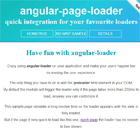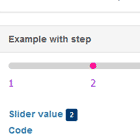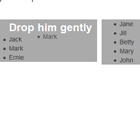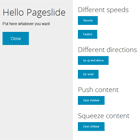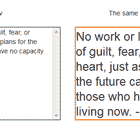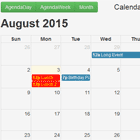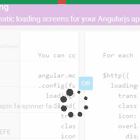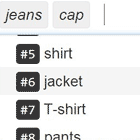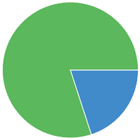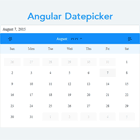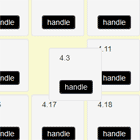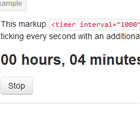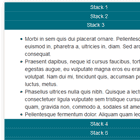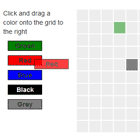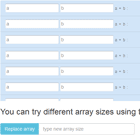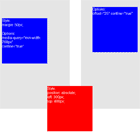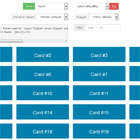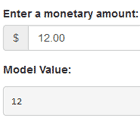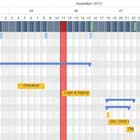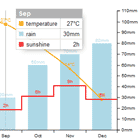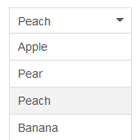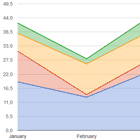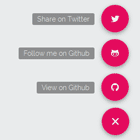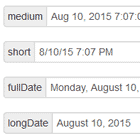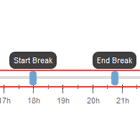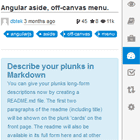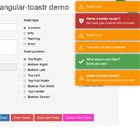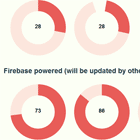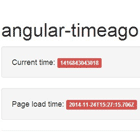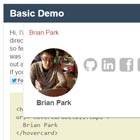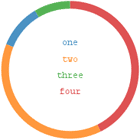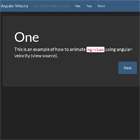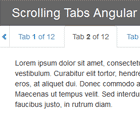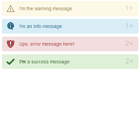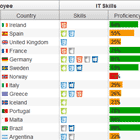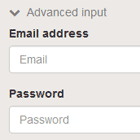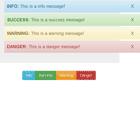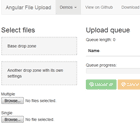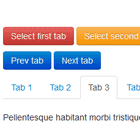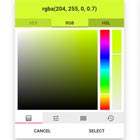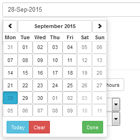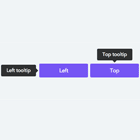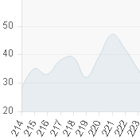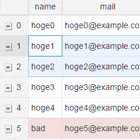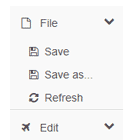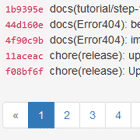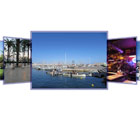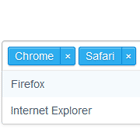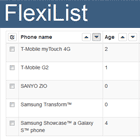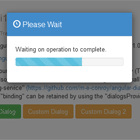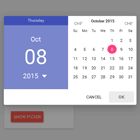angular-page-loader
quick app integration for your favourite loaders
DEMO
Getting started
Download it via github, npm or via bower:
npm install angular-page-loader bower install --save angular-page-loaderOr use it directly from the GitHub CDN:
<link rel="stylesheet" href="https://cdn.rawgit.com/codekraft-studio/angular-page-loader/master/dist/angular-page-loader.css"> <script type="text/javascript" src="https://cdn.rawgit.com/codekraft-studio/angular-page-loader/master/dist/angular-page-loader.min.js"></script>Add the module name to your application dependencies:
angular.module('app', ['angular-page-loader'])And optionally add the module directive to your page DOM, inside the body:
<body ng-cloak> <page-loader></page-loader> </body>Anyway is a best practice to add in your page head, as descripted in the Angular documentation, the following style:
[ng\:cloak], [ng-cloak], [data-ng-cloak], [x-ng-cloak], .ng-cloak, .x-ng-cloak { display: none !important; }To hide all the Angular elements that have ng-cloack attribute until the app is loaded, in our case in better to add ng-cloak to the whole body element.
Basic usage
with ngRoute:
If you are using Angular Routes (ngRoute), add the page-loader directive and you are ready to go, reload your application and you will see the loader on pages that takes more than 250ms to load.
with ui.router:
If you are using ui.router, simply add the page-loader directive and you are ready to go.
without ngRoute or ui.router:
If you are NOT using Angular Routes (ngRoute) or ui.router you must add a flag attribute to the element in order to be able to determine when you want to hide the loader, otherwise it will not show. Follow this example:
<body ng-cloak> <page-loader flag="isLoading"></page-loader> </body>And in your application:
angular.module('app') .run(function($timeout, $rootScope) { // Use a root scope flag to access everywhere in your app $rootScope.isLoading = true; // simulate long page loading $timeout(function() { // turn "off" the flag $rootScope.isLoading = false; }, 3000) })If you have some doubt check the example or the index page inside the repository.
Examples
How to use a custom loader?
You can use any loader you prefer in the module simply by adding it inside the directive element, like in this example: Note: the loader used in this example is made by _massimo on codepen and it was taken from here.
<page-loader> <div class="pacman"></div> <div class="dot"></div> </page-loader>Obviously you need to add the related loader CSS style too.
How to change the page-loader background?
If you want to specify a custom background color for the page-loader, add the attribute bg-color and pass to it a HEX,RGB or RGBA color code or just a normal color string, like you will do in css.
<!-- some examples --> <page-loader bg-color="whitesmoke"></page-loader> <page-loader bg-color="#7986CB"></page-loader> <page-loader bg-color="rgb(160, 25, 120)"></page-loader> <page-loader bg-color="rgba(120, 20, 20, 0.8)"></page-loader>How to change the page-loader latency time?
You can also customize the loader latency using the latency attribute, the value is expressed in milliseconds.
<page-loader latency="500"></page-loader>